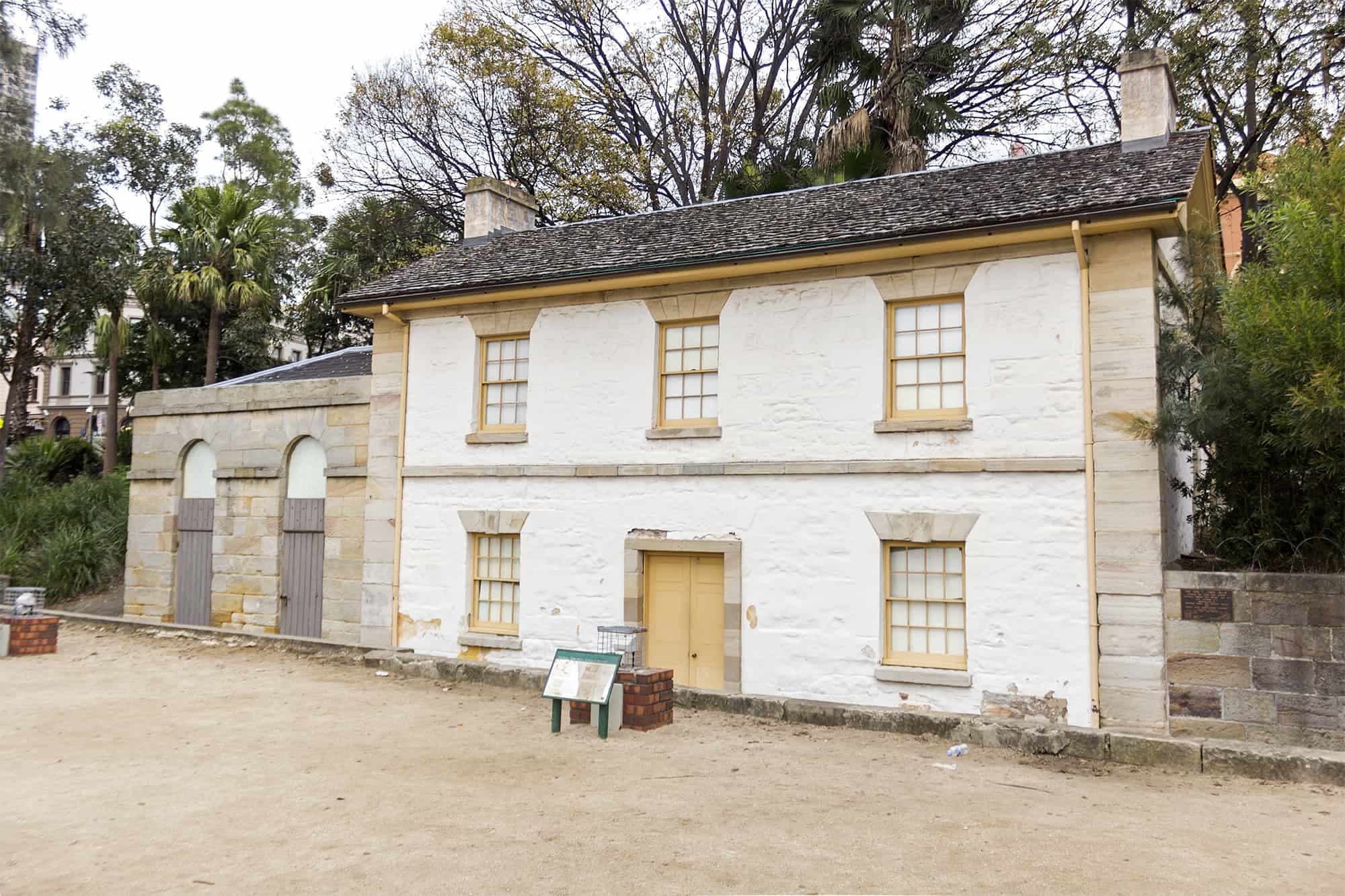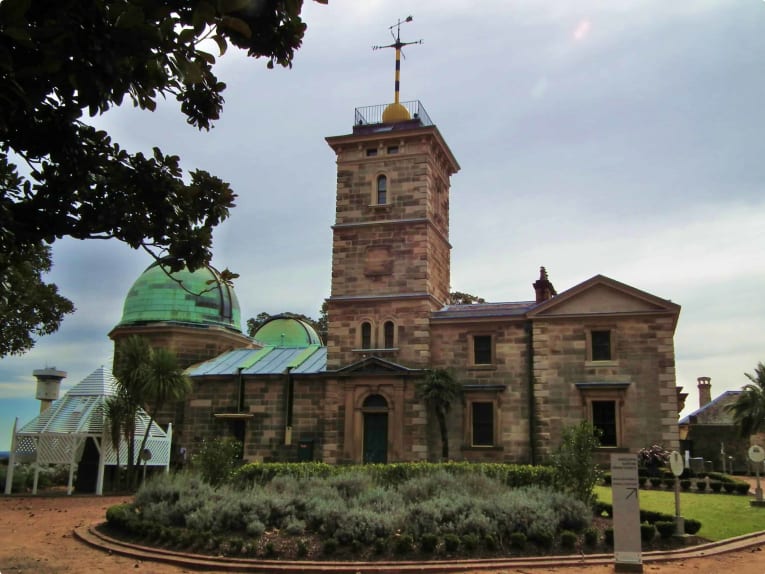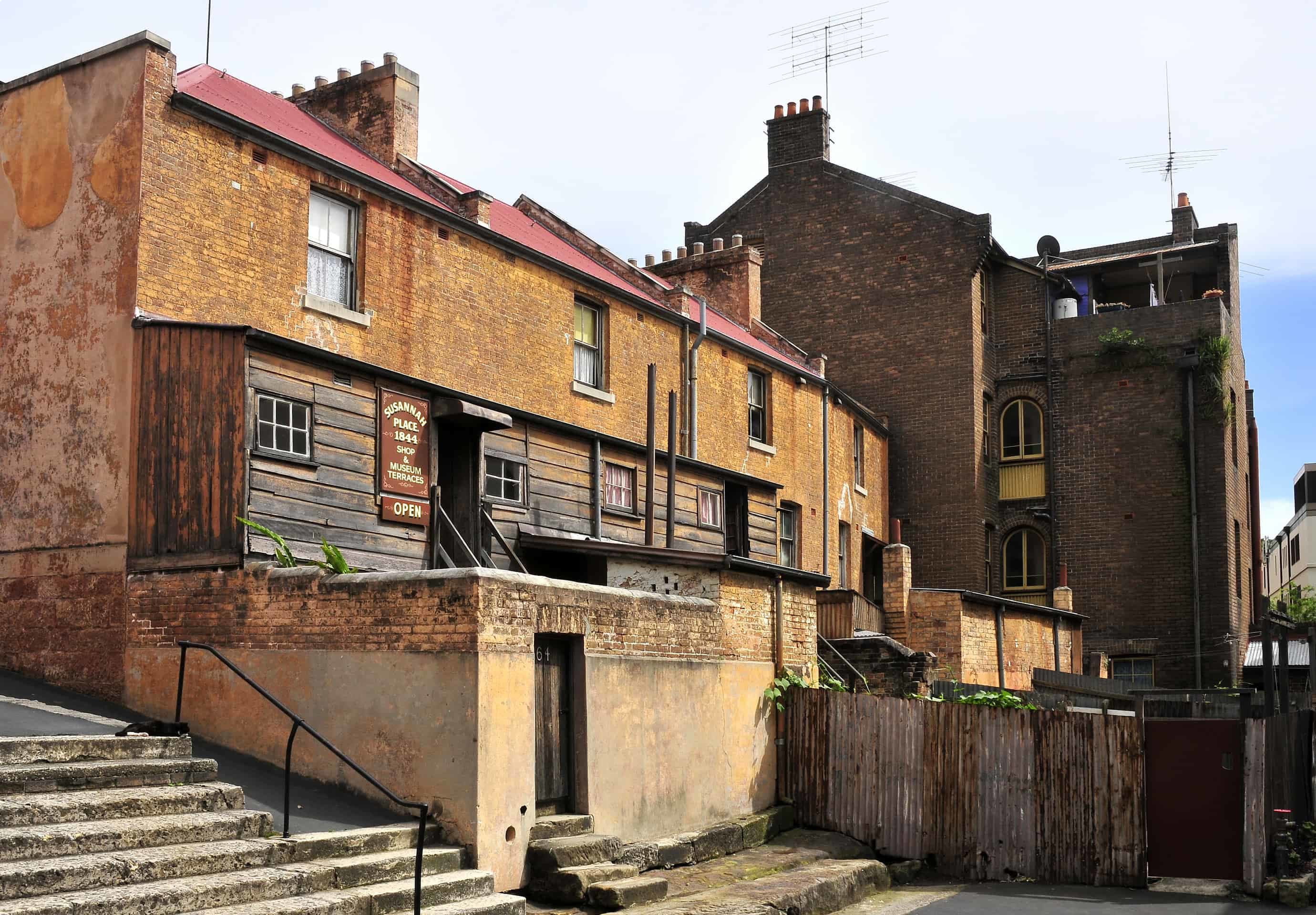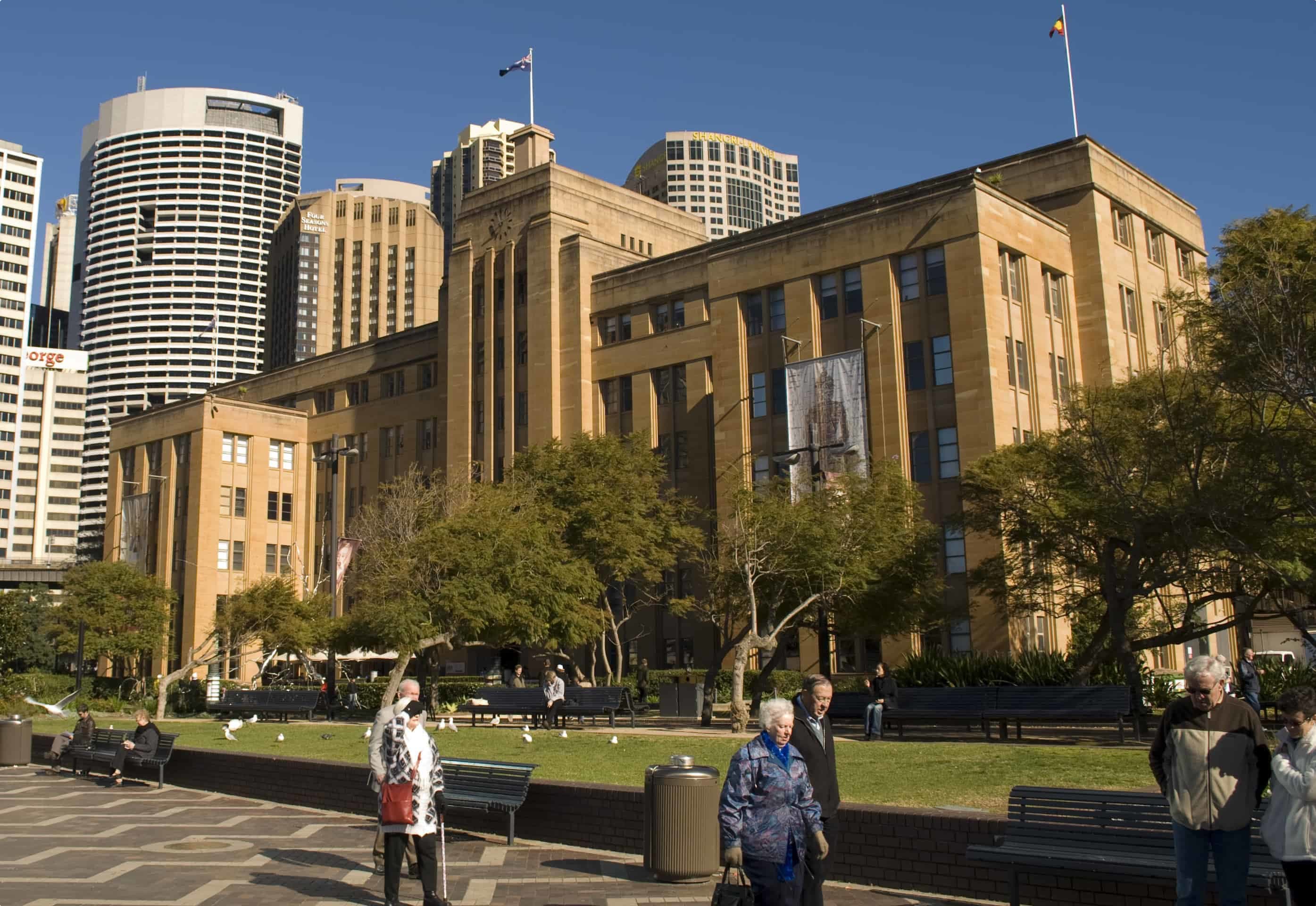The Rocks, Sydney
Article about Sydney's historic Rocks area. An integral part of an escorted small group tour of Sydney for mature and senior travellers seeking as a couple or solo traveller to learn more about Sydney, New South Wales and Australia deep Aboriginal and recent colonial history.
16 Jan 21 · 11 mins read

The Rocks Sydney
By Marco Stojanovik
Situated on the western shores of Sydney Cove, underneath the Sydney Harbour Bridge and over-looking the Opera House, The Rocks is one of Australia’s most beautifully preserved 19th century colonial villages. Of huge historical significance, it is the foundation place of Sydney and Australia, once home to convicts, soldiers, and sailors. Over the years, as it was built up, it maintained a fairly seedy reputation, known for its slums, poverty, prostitution, and gangs. But a hardened life also fostered a strong local community. Twentieth-century efforts to demolish, rebuild, and clean up the neighbourhood were met with resistance as protests successfully helped to preserve the neighbourhood’s historic nature.
As such, today it stands as an outdoor museum lined with historic buildings, serving as a thriving tourist and entertainment precinct. Popular attractions include the Sydney Observatory, Argyle Cut, Cadmans Cottage, Foundation Park, Susannah Place Museum, and the numerous historic pubs and markets. This article explores the history and attractions of the Rocks to assist your visit.

Aboriginal History
The Cadigal people, the original custodians of the land, had a much earlier name for what we now call The Rocks: Tallawoladah. This rocky headland to the west of Warrane (Sydney Cove) had massive rugged sandstone outcrops covered with forests of pink-trunked angophora, blackbutt, red bloodwood and Sydney peppermint.
Archaeological evidence suggests the Cadigal people lit cooking fires here high on the slopes, sharing meals of barbecued fish and shellfish. The highest places may have also been used for ceremonies and rituals, while down below the waters of Warrane were fished by women in bark canoes. The people also probably burnt the bushland here to keep the country open.
Convict Settlement
Sydney’s first European settlement was established at the western side of Sydney Cove on January 26, 1788. Four Hundred settlers and 750 convicts had arrived on the First Fleet of 11 ships to set up England’s furthest flung penal colony: New South Wales. The convicts had been sentenced to transportation for crimes as minor as stealing food – though there were hardened criminals among them.
The governor and civil personnel chose to live on the more orderly eastern slopes of Tank Stream, while The Rocks to the west became the convicts’ side of town, with many Aboriginals also living there after November 1790. Hobbled in leg irons, the convicts cleared land, raised tents, and built traditional vernacular hut of wattle and daub with thatched roofs. They later built more permanent structures made of sandstone cut from the local rocky inclines, from which the area derives its name.
The first building to have been built on the shoreline of The Rocks area was Cadmans Cottage in 1816. Still standing today, it is the oldest surviving residential building in Sydney. Originally built for a convict who had gained his freedom and became keeper of the governor’s ships, over the years the sandstone cottage has been a water transport headquarters, sailor’s home, water police station, and is now the Sydney Harbour National Park Information Centre.

Gradually, the convicts fenced off gardens and yards, established trades and business, and raised families. Storerooms, shops, pubs, a bakehouse and a hospital appeared and village life spread up the rocky cliffs of the cove.
Meanwhile, storehouses and elegant mansions, belonging to the fast-growing rich early Sydney traders, were built around the wharves clustered at the water’s edge. Surrounded by water on three sides, The Rocks was associated with seafaring, waterside workers and the maritime trades for most of its history. A link to the wider world, a flourish of new people, goods, and ideas constantly moved through the port.
During this time life in The Rocks was rowdy and violent. It upheld a reputation of a slum, a notoriously dangerous and debaucherous place full of convicts, whalers, prostitutes and street gangs.
Expansion
During the 19th century The Rocks expanded, as did he division between rich and poor. With maritime commerce booming, the houses, stores and wharves of wealthy merchants, traders, and shipowners spread right round to Millers Point and Cockle Bay (now Darling Harbour). And at the newly developing northern ends around Bunkers Hill, as well as on the heights of Cumberland and Prince streets, wealthy middle-class people built gracious and fashionable three storey mansions. Here, peacocks and deer roamed free amongst gardens stretching out before sweeping views of the harbour.
Below, in contrast, was home to seafarers, cut-throats, prostitutes, working families, and the drifting poor. They lived in incredible squalor amongst a multiplying maze of winding streets and narrow, cobblestone lanes lined with rat-infested hovels, hotels, brothels and warehouses.
Conditions for the poor only decreased with the end of transportation in 1840 and the discovery of gold in 1851. Immigration to the colony rose dramatically resulting in an intense demand for housing, and the newly arrived immigrants were squeezed into existing houses and even converted stables at The Rocks. In this landscape of rapid urban growth, The Rocks remained close-packed, ill-serviced, and with severe problems of water supply, rubbish and sewage disposal.
Piecemeal street-making, paving and drainage works were carried out constantly from the 1850s, but the progress was slow, and the results quickly worn down or blocked up. Labour and funding could be found however for works that assisted private enterprise. The Argyle cut was one such project. In 1843, convict chain gangs began to cut through the ridge heart of The Rocks, extending Argyle Street to connect Sydney Cove with the booming area of Darling Harbour. When convict labour force dwindles, paid labour and explosives was brought in, eventually completing the project in 1859.
The rubble stone from the Argyle cut was carted away to build many of the Rock’s buildings of the era including the Hero of Waterloo Hotel (1844), and in the reclamation and construction of the walls of Circular Quay.

A Place for Outsiders
From the 1870s, the diverse profile of The Rocks began to change, becoming an increasingly working-class area, its wealthier residents fleeing for homes in the new suburbs. Among its population were relatively high numbers of immigrant peoples, including Irish and Chinese, while seamen came from all over the world, some of marrying local women and settling here. An Urban working-class culture dominated with drinking, pubs, gambling, and sport all highly popular.
During this time, the area was hounded by a gang known as The Rocks Push. Until the late 1890s they were engaged in running warfare with other larrikin gangs such as the Miller’s Point Push, Straw Hat Push, the Glebe Push, the Argyle Cut Push, the Forty Thieves from Surry Hills and the Gibb Street Mob. Maintaining dominance in The Rocks area, they conducted such crimes as theft, assault and battery against police and pedestrians. Female members meanwhile would entice drunks and seamen into dark areas to be assaulted and robbed by the gang.
In all, The Rocks kept its association with the shadowy, shameful convict past of Sydney, known to be one of the roughest and toughest ports in the world, a place for outsiders and the downtrodden. As the rest of the city began to self-consciously modernise, The Rocks was becoming increasingly out of place.
The Plague & Rebuilding
When the bubonic plague swept through Sydney in 1900, all eyes turned to The Rocks as the source of contagion. As the disease was carried by fleas on the rats which came ashore from ships, people who lived in waterfront neighbourhoods were particularly vulnerable, the most impacted by the disease. Even so, out of the 303 victims of the plague, only five were from The Rocks.
Nevertheless, the plague was the catalyst for the state government to bring waterfront areas around The Rocks and Darling Harbour under public ownership with the intention of demolishing and modernising them. Between 1900-1920, more than 3,800 houses, buildings and wharves were inspected, and hundreds demolished to be replaced by large factories and stores. The slums that had given the area its reputation were dismantled, and many of the notorious back alleys, nooks and crannies vanished with them to make way for straighter street realignments.
More demolition followed in the 1920s. Whole streets, several hundreds of houses, were demolished for the construction of the Sydney Harbour Bridge, cutting The Rocks in two and decreasing its area considerably. Then in the 1950s, the building of the Cahill Expressway across Circular Quay had a similar impact.

The local community did not disappear, however. Instead, residents became the tenants of successive state bodies: the Sydney Harbour Trust, the Maritime Services Board and finally the Sydney Cove Redevelopment Authority. Indeed, a community was fostered, with security of tenure and fixed rents for the first time meaning families were able to stay in one house over many years and even pass down leases to their children.
The Rocks Green Bans
During the 1960s, curious tourists began to explore the old urban spaces of the Rocks. However, the government still viewed the area as an embarrassment for the city, its terrace houses considered slum buildings, its people slum dwellers. So, in 1970, the government placed The Rocks under the control of the Sydney Cove Redevelopment Authority charged with the efficient relocation of residents and redevelopment of the area as a high-rise commercial precinct.
However, most of the local people did not want to move, nor did they want the Rocks destroyed. In resistance, they formed the Rocks Residents Action Group, led by Nita McRae, a fifth generation Rocks resident. But, as initial protests and lobbying proved ineffective, they turned to the sympathetic Builder’s Labourers Federation (BLF) led by Jack Mundey, requesting a green ban.
Perhaps the most well-known, this would be just one of 40 green bans imposed in NSW between 1971 and 1974, requested as a last resort to halt development happening against the wishes of the local communities. They arose as part of an international movement of urban communities demanding a greater role of determining the quality and future of their built environment. This movement was diverse, representing different social classes and their varying agendas, which included not only heritage conservation, but also affordable housing, natural conservation, recreation, air quality, and more.
Indeed, the aims of the Rocks Green bans was not necessarily primarily to preserve the historic buildings. It was to preserve members of the community from being forcibly relocated and, fearing new dwellings would result in increased rents, to demand affordable housing.
Between 1971 and 1974 the green bans resulted in a bitter and often violent struggle. This would receive its greatest public attention following scenes at The Rocks in October 1973. Opposing plans to proceed with the redevelopment using non-union labour, residents and two members of the BLF, Jack Mundey and Joe Owens, overnight barricaded a demolition site and climbed onto the roof of the building. In order to ensure the non-union workforce could continue the demolition, a large force of police arrived shortly after dawn arresting fifty-eight of the activists, Mundey and Owens included. This in turn provoked widespread media coverage and commentary and sympathy for the cause.
The green ban was ultimately successful as can be seen today from the lack of office tours and the surviving 19th century buildings. The ban had mainly been a response to the issues of affordable housing and preservation of the existing community, however it had the effect of reforming outdated planning laws and introducing heritage conservation.
Somewhat ironically, rather than remaining a working-class neighbourhood, the precinct has since been developed as a historic attraction for tourists. As the local population aged and died, houses became shops, cafes, restaurants, and galleries. Now only a handful of people live in the area, but more than 9 million people visit every year.
The Rocks Today
Today The Rocks has the largest concentration of historic buildings and some of the most significant sites in all of Sydney, making it a popular precinct for tourists. Along its streets and narrow cobbled lanes, Victorian and Edwardian buildings remain standing as terrace houses, themed pubs, fancy restaurants, cosy cafes, and Australiana gift ships.
One popular historic site is the original Sydney Observatory built in 1858 upon Observatory Hill. Now a museum by day, evening visitors can observe the stars and planets through a modern 40cm telescope as well as a historic 29cm refractor telescope built in 1874 (the oldest telescope in Australia in regular use). Observatory Hill meanwhile offers one of the best views of Sydney – an almost 360-degree panoramic view of Sydney Harbour.

An important work in heritage restoration is Foundation Park, tucked away behind Argyle Terrace. This historic site features the archaeological remains of eight tiny terrace houses built into a sandstone cliff face during the 1870s. Many of the rooms are filled with artwork representing domestic furniture, such as table and chairs, dresser, clock, and washtub, to give a sense of how the rooms were used and the cramped living conditions.

Restoration has also taken place at Susannah Place, a terrace of four houses built by Irish immigrants in 1844. Now a museum, it has survived largely unchanged through the slum clearance and redevelopment of the past century, conserved with old materials rather than recreating them from new ones. Today it documents the urban working-class community in The Rocks, telling the stories of the people and families who called this place and this neighbourhood home.

Another popular site is the Museum of Contemporary Art, housed in a grand art deco building, on the western edge of Circular Quay. The museum is dedicated to collecting and presenting art from both across Australia and around the world. With a continually changing exhibition program, there’s always something new and exciting to be inspired by.

Be sure to visit one of the many historic pubs that dot the area after a day of exploring. The Lord Nelson is the oldest continuously licensed pub in the city, brew their own beer, and claim the freshest pint in Sydney. The Fortune of War also claims to be Sydney’s oldest pub and was the first and last port of call for generations of Australian soldiers involved in war action. Other pubs in the area dating back to Sydney’s colonial days include the Observer, the Orient, the Mercantile, the Palisade and the Hero of Waterloo.

Markets and shops also populate The Rocks. Every Friday, a Foodies Market is held along Argyle and Playfair streets, with a swam of stalls serving up street food such as barbeque skewers, lamb kebabs, paella, Turkish gozleme, Italian gelato, chocolates, cheeses, and more. Come back on Saturday and Sunday for the Rocks Market along Playfair and Goerge Streets for over 200 stalls selling a range of fashion items and accessories, locally-produced home wares, original photography, art, crafts, and jewellery. During the week, shopping options include galleries exhibiting Australian artists, as well as Australian clothing and Australian opal shops.

For a more detailed history of The Rocks visit The Dictionary of Sydney.
Tour From Sydney
Odyssey Traveller is now offering a new tour departing from Sydney. In our tour to the Southern Highlands of NSW, we seek to go beyond the beautiful beaches and major tourist attractions often listed as places to visit in NSW, such the Hunter Valley, Coffs Harbour, Darling harbour, Byron bay or Bondi. This is a small group tour that will take you out of Sydney and away from the beach culture to see the Blue Mountains and the hidden gem landscapes in between as a day trip collection to some important cultural and natural attractions in the beautiful Southern highlands of regional New South Wales including historic Berrima, Kangaroo Valley, Bowral and the Blue Mountains.
Odyssey Traveller has been serving global travellers since 1983 with educational tours of the history, culture, and architecture of our destinations designed for mature and senior travellers. We specialise in offering small group tours partnering with a local tour guide at each destination to provide a relaxed and comfortable pace and atmosphere that sets us apart from larger tour groups. Tours consist of small groups of between 6 and 12 people and are cost inclusive of all entrances, tipping and majority of meals. For more information, click here, and head to this page to make a booking.
Articles about New South Wales published by Odyssey Traveller:
For all the articles Odyssey Traveller has published for mature aged and senior travellers, click through on this link.
External articles to assist you on your visit to The Rocks and Sydney
Related Tours

7 days
Nov, Feb, Mar, Apr, Sep +1Small group tour to Southern Highlands and Canberra
Visiting Australian Capital Territory, New South Wales
Explore and learn on an escorted small group tour of key places to visit in NSW including the Southern Highlands and Canberra. Program for mature and senior travellers limited to 12 people for couples and solo travellers.
From A$3,750 AUD
View Tour
13 days
Mar, OctSmall group tour; Broken Hill and back
Visiting New South Wales, Queensland
Small group tour of New South Wales, Queensland & South Australia deserts, from Broken Hill. Learn about the history of the people who explored the deserts, from indigenous communities to Europeans, as well as Burke and Wills, visit White Cliffs, Birdsville, Maree.
From A$11,550 AUD
View Tour
days
Mar, Apr, Jun, Jul, Sep +1Guided small group Motorcycle tours of Western New South Wales
Visiting New South Wales
Motorcycle tours of Western New South Wales. Discover the the Brewarrina fish traps, Aboriginal art at Mt Garrett, learn about the opals of White Cliffs. This small group also visits the World Heritage Site of Mungo man and lady stopping in Mungo National Park and other significant locations such as Broken Hill.

14 days
Mar, May, Jun, Jul, Aug +3Escorted small group tour of Western New South Wales
Visiting New South Wales
Discover the the Brewarrina fish traps, Aboriginal art at Mt Grenfell and visit the opal fields of White Cliffs. This small group also visits the World Heritage Site of Mungo man and lady stopping in Mungo National Park and other significant locations such as Broken Hill.
From A$9,250 AUD
View Tour
days
Nov, Mar, May, Jul, Sep +2Escorted small group tour North East New South Wales
Visiting New South Wales
Small group tour exploring the the North East region of New South Wales for mature and senior travellers. Travel, learn and explore about New England's history, the coast, National parks and regional towns in a time capsule surrounding Mudgee.



